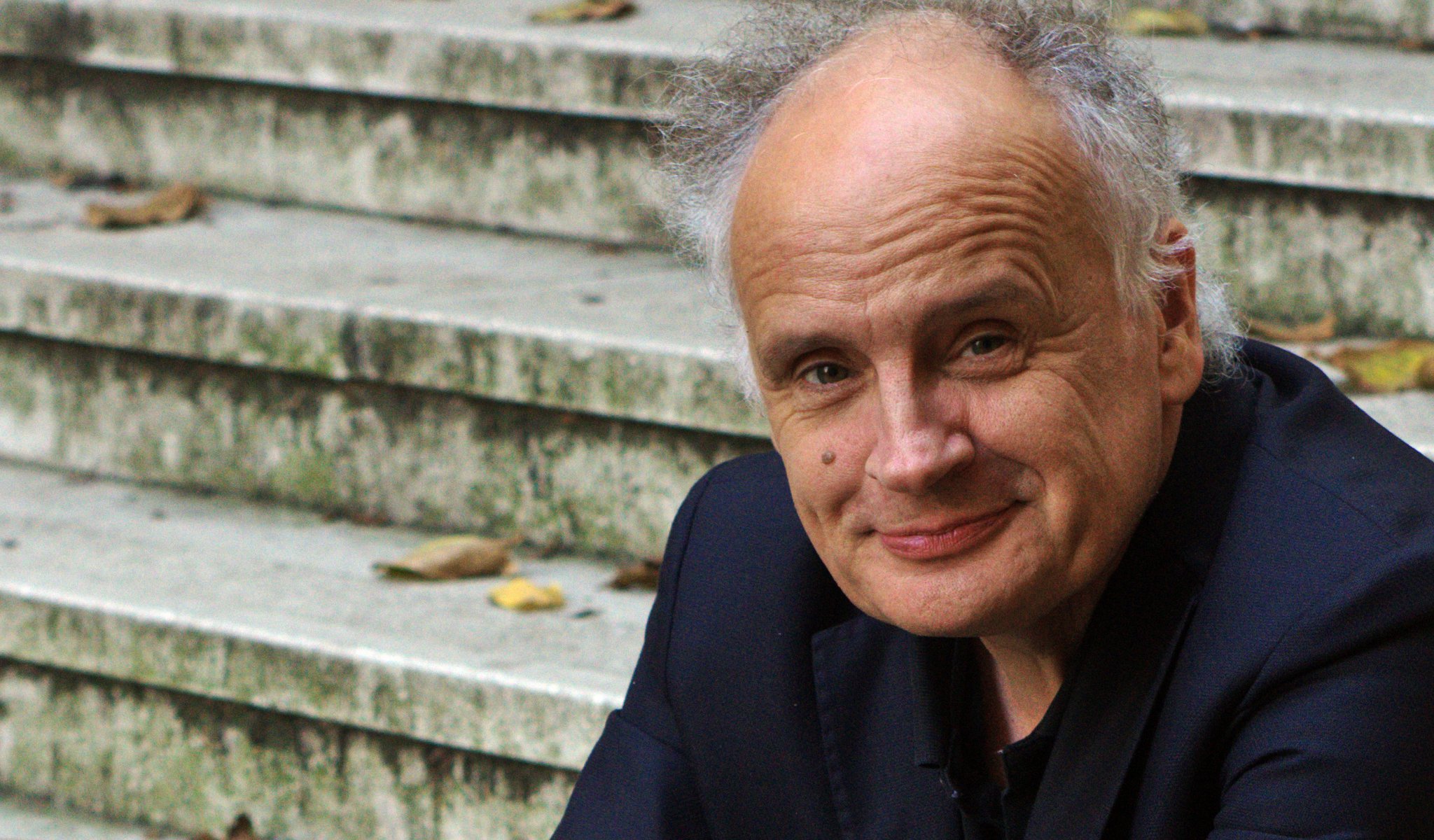
Program
Featuring
Other information
The event is about 2.5 hours long.
About the event
At the fall concert of the Concertino series “night” gets center stage. Two modern concertos and a magnificent nocturne from the greatest master of slow movements, Dvořák, are framed by two serenades, both in E, though with completely different (minor vs. major) characters. János Pilz has been working with the BFO since the very beginning, while two of his fellow musicians today are making their debut as soloists. Noémi Molnár, a lover of tango, won first place with her performance of Loussier’s jazzy and tango-like violin concerto in the Sándor Végh Competition’s alternative category. Tamás Pálfalvi was the first winner of the Fanny Mendelssohn Förderpreis a few years ago, and made a recording of László Dubrovay’s trumpet concerto. To quote a review published by the music portal of the Bayerische Rundfunk, “musician and his instrument make a dream duo and are taking the listener on a magical journey”.
The Serenade in E minor is an 1892 reworking of one of Elgar’s early compositions, and became his favorite work, which he also recorded on gramophone discs. The three movements are linked by his trademark leap of a seventh. The “tiny tunes” and the misty atmosphere conjure the image of the Hereford landscape, South England.
Dvořák must have been very fond of his nocturne, which was originally intended for a string quartet (to remain unpublished), and was later recycled in his String Quintet No. 2 (subsequently withdrawn). The nocturne was eventually published as an independent work. Its shifting melody played above a pedal has an almost hypnotic effect on the listener.
Jacques Loussier’s 2006 Violin Concerto takes us to a quaint world reminiscent of India, where the exotic Indian drum, the tablá, also gets a lead besides the violin. After the vibrant tango music of the first movement, the tune of the popular Cuban song El manisero slowly unfolds from the somber string sound. The work concludes with a Gypsyesque dance finale packed with frantic beats.
László Dubrovay’s Trumpet Concerto No. 3 combines intriguing sounds and daring harmonies with tuneful melodies. The first movement, Tempo di Walzer, starts off with the trumpet, presenting recurring muted timbres completed by bumblebee-like buzzing in the finale.
The five-movement Serenade in E major uses simple forms, yet with a variety of melodies and diverse harmonies. The first movement consisting of variations on a four-note motif is followed by an asymmetrical waltz, a sprightly scherzo, and a lyrical slow movement. A Bohemian folk dance crowns the piece as finale.
Did you know? Elgar’s serenade was first performed in Antwerp on July 21, 1896 (conducted by the composer), Dvořák’s nocturne premiered in London on March 22, 1885 (conducted by the composer), his Serenade for Strings debuted in Prague on December 10, 1876 (soloist: Adolf Čech), Loussier’s Violin Concerto was first performed in Gstaad on August 4, 2006 (soloist: Adam Kostecki) and the premiere of Dubrovay’s Trumpet Concerto was in Rostock on August 27, 2010 (soloist: Gábor Boldoczki, conductor: Wojciech Rajski); the Festival Orchestra last played Elgar’s composition on April 9, 2006 (concertmaster: Eszter Lesták Bedő), Dvořák’s Nocturne in Bad Kissingen on July 5, 2008 (conductor: Iván Fischer), a part from Loussier’s Concerto on December 26, 2019 (soloist: Noémi Molnár, conductor: Iván Fischer), and will be performing the other pieces now for the first time.
Contemporary events French painter Camille Pissarro painted The Boieldieu Bridge, Rouen, in Wet Weather in 1896 / the premiere of La bohème, one of the most successful operas of Italian composer Giacomo Puccini was in Torino on February 1, 1896 / in 1885, the fourth and last part of German philosopher Friedrich Nietzsche’s work, Thus Spoke Zarathustra, was published / Quintet, composed by German composer Jörg Widmann premiered in Berlin on November 10, 2006 / the 2010 Nobel Prize in Literature was awarded to Peruvian writer Mario Vargas Llosa "for his cartography of structures of power and his trenchant images of the individual's resistance, revolt, and defeat.” / Margaret Bridge in Budapest was opened on April 30, 1876 / the painting entitled L’Absinthe by French artist Edgar Degas was painted in 1876